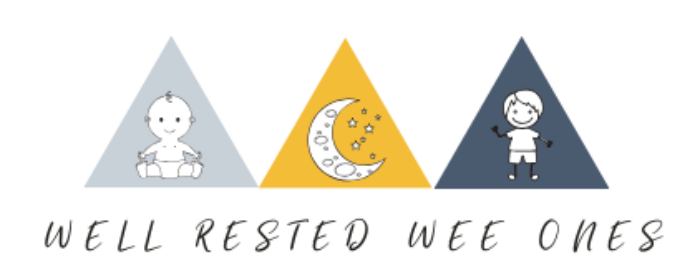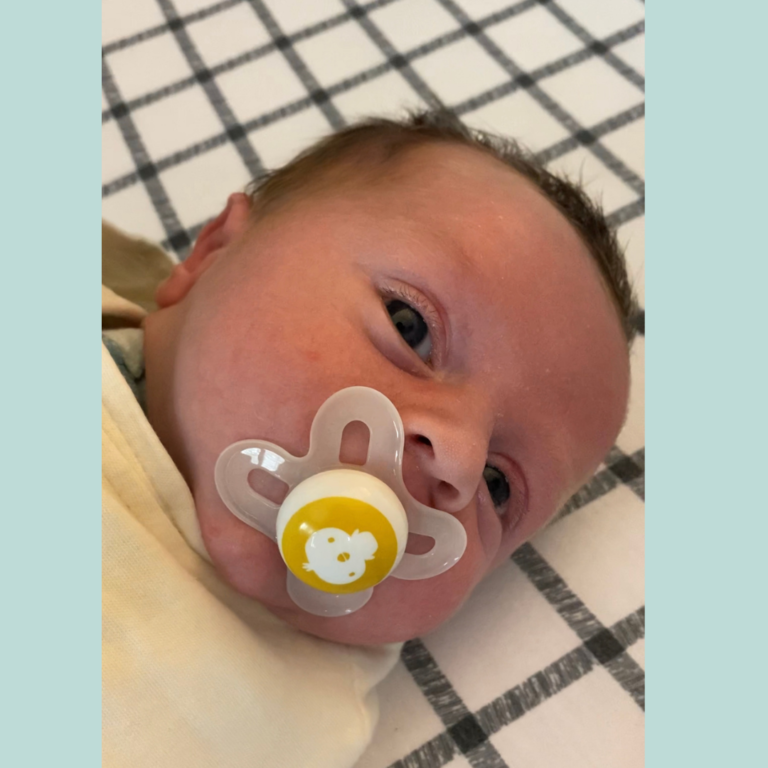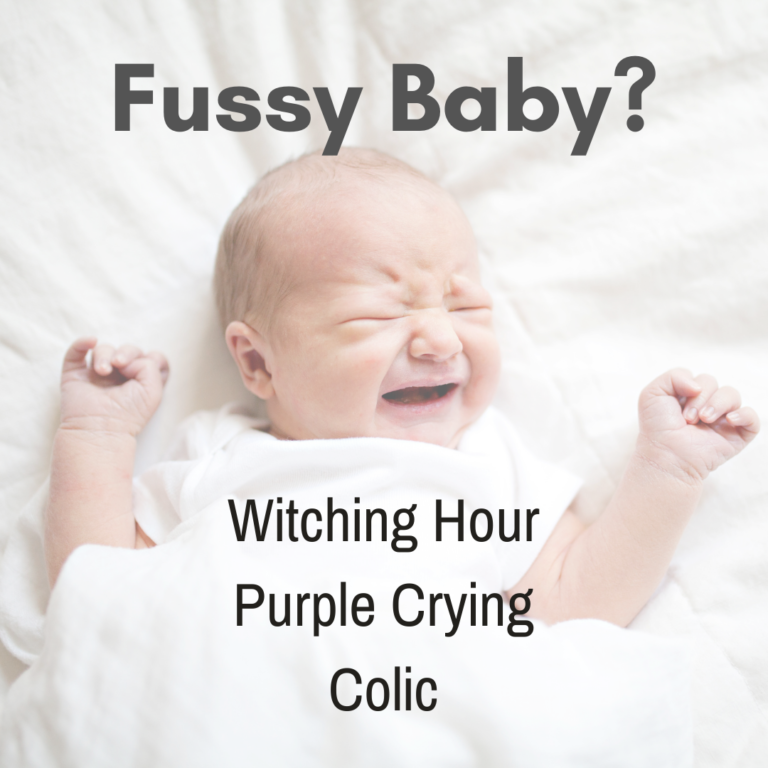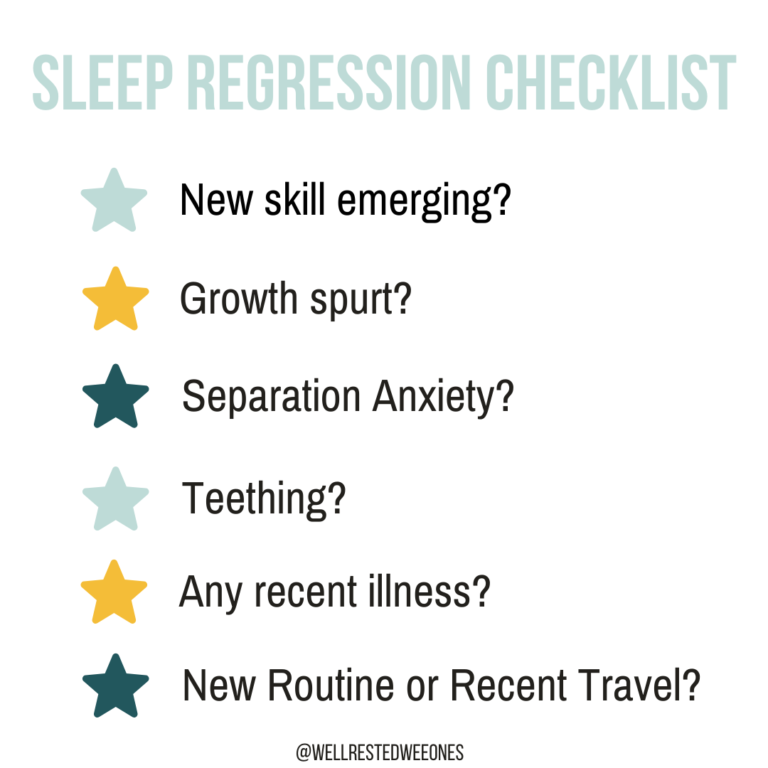baby self soothing behaviors
self soothing behaviors
Self soothing behaviors are a life skill and important for better sleep for your baby. One that takes time and practice; and long term will give your baby and family more sleep!
Like most new moms, I struggled with sleep deprivation when my firstborn was an infant. I wanted what every parent dreams of – a full night’s sleep.
The fact is that more than 50% of parents struggle to have a full night’s sleep until their baby’s third year.
Fortunately, there is a way to beat the statistics. Evidence-based research reveals the secret to why (and how) your baby can sleep through the night within the first year. Sound like a dream come true? Then keep reading…
what is baby self soothing?
Baby self-soothing is when your baby can calm and settle themself to fall asleep at bedtime or nap time or back to sleep again in the middle of the night without needing to be fed to sleep, pacified, rocked, or held.
Out of desperation, we resort to these or other settling techniques to lull babies to sleep if your baby is waking frequently overnight or bedtime takes hours to get your baby to sleep
when do babies self soothe?
Babies typically learn to self-soothe at around 3-4 months old. It’s important to remember that self-soothing is a developmental skill. Like all development, it is a process of building on skills to form new skills.
can newborns self soothe?
In the first few months, your baby doesn’t have voluntary control of their hands or movements enough to self-soothe.
This is not to say they can’t fall asleep independently if you read their sleep cues and wake windows right, but they will depend on you to help settle them to sleep. That’s why your newborn might fall asleep on the breast, by rocking or patting, or in the car.
Grab my FREE newborn sleep cue and wake window guide here!
Newborns cycle between deep Sleep and active Sleep. Your newborn falls into a deep sleep shortly after they fall asleep which is why getting them to a drowsy state can be effective to help them drift off to slumber.
Learn more in my newborn sleep and feeding guide!
However, as your baby grows and their sleep patterns evolve, this association may lose its effectiveness, leading to frustration and exhaustion for both parent and child.
benefits of self soothing behaviors
The obvious benefit of baby self-soothing behaviors is that your baby will learn to both fall asleep independently and provide the foundation to sleep through the night.
Your baby will also use self-soothing tools to self-regulate and calm themselves when they’re overstimulated or irritable.
The ability to self-soothe is an essential social-emotional tool children use to fall asleep on their own at night. Independent play encourages the development of this crucial skill and will help your little one lay in their crib or bed without needing your presence to drift off to sleep
common baby self-soothing behaviors
- Sucking hands or fist
- Holding hands together at the midline
- Touching their ears or nose
- Rocking their head from side to side
- Humming that creates a vibration in the chest
- Rubbing or twirling their hair
- Rubbing the crib sheet
- Whale tailing-kicking legs up and down while on their back
- Rolling side to side
how to encourage self soothing
Here are some ways to encourage self-soothing behaviours:
From early on, ensure that your baby can get their hands to their mouth or midline.
The easiest way to do this is by swaddling their hands up towards their face or towards the chest (as opposed to swaddling their arms at their sides). I recommend the Love to Dream Swaddle Up and Swaddle Sleeves for sleep.
Allow your baby to find satisfaction in actions they initiate themselves. For example, don’t take your baby’s hand away from their mouth if you see them sucking their hand.
They are not teething, hungry, or going to be a thumb sucker simply because they are self-soothing. Allow them to use this strategy to settle.
Give your baby time to settle. The temptation, especially with our firstborn, is to jump in and soothe them as soon as we hear the first squawk.
Resist the temptation and instead, let your baby (after 3-4 months of age) have a few moments to settle themselves. This does not mean leaving your baby to cry – it simply means that you take a deep breath and listen to their communications. If they are moaning, leave them to settle. If they are really crying, respond by finding out why.
I include three customizable sleep training methods to help you teach your baby the gift of independent sleep in the Well Rested Course.
things to avoid when it comes to self soothing
While you don’t need to worry about habits forming in the early days, habits can and do start to form around 3-4 months.
If you consistently soothe your baby to sleep with feeding, rocking, or holding, they will be dependent on you to do so. After all, it is reasonable for them to learn to expect this type of soothing every time they cry or go to sleep.
These can seem like a quick solution for parents desperate to sleep. Holding and rocking your baby to sleep might be cherished bonding time in the early days but it becomes harder to break these habits in the long run.
While there’s no magic age for teaching independent sleep, the 3-6 month window is often considered the golden period.
During this time, your baby is fast to adapt and more receptive to change, making it an ideal opportunity to establish healthy sleep habits. You also haven’t entered the developmental stage of teething and separation anxiety.
a simple routine that encourages self soothing behaviors
A sleep routine should be short and sweet and something anyone can replicate. Following the same steps every time helps your baby learn that sleep is the final step and promotes self soothing behaviors.
- Begin with feeding with the lights on at the beginning of the routine to prevent drowsiness.
- Separate feeding from the sleep process by incorporating a book and introducing a sleep sack.
- Singing one comforting song before laying the baby down awake in the crib creates a positive association with sleep independently.
- End the routine with an I Love You Ritual such as walking around the room and saying goodnight to pictures on the wall and giving each other hugs and kisses! This will keep them awake and is a ritual both babies and toddlers look forward to
The Well Rested sleep course teaches you how to implement these steps and what to do after you lay your baby in the crib AWAKE!
benefits of self soothing on sleep
Teaching your baby to self soothe promotes independent sleep which offers numerous benefits:
- Self-Soothing: Babies learn to self-soothe, gaining the ability to settle themselves back to sleep without relying on external support.
- Sleep Cycle Connection: Independent sleep aids babies in connecting sleep cycles seamlessly, reducing nighttime wake-ups and promoting more extended periods of rest both overnight and naps.
- Predictability: Establishing a routine for independent sleep creates a sense of predictability, providing comfort and security for your baby.
- Restorative Sleep: Independent sleep contributes to more restorative sleep, ensuring that your baby gets the quality rest needed for healthy development.
Sleep resources to help your family
If feeding, rocking, or holding to drowsy or asleep is no longer effective for your baby or your family…I have a class for you! The 4-24 Month Well Rested Collection will walk you step-by-step through a completely customizable sleep training experience. In just a few weeks, your baby will be falling asleep independently, getting 11-12 hours of independent night sleep, AND you’ll have a plan to navigate any future regressions or bumps in your journey. I’ll also help you set up a daytime routine and nap schedule that fits your family’s lifestyle and values. And you’ll get age-specific guidance to meet your baby right where he or she is developmentally at every stage from now until your baby turns 2.
We also offer 1:1 personalized sleep coaching to families including newborn support and sleep training plans starting at 3 months of age up to 4 years!
We have custom sleep plans for families looking for personalized support, guidance, accountability, and feedback.
Please Share this Post with a Mama!







